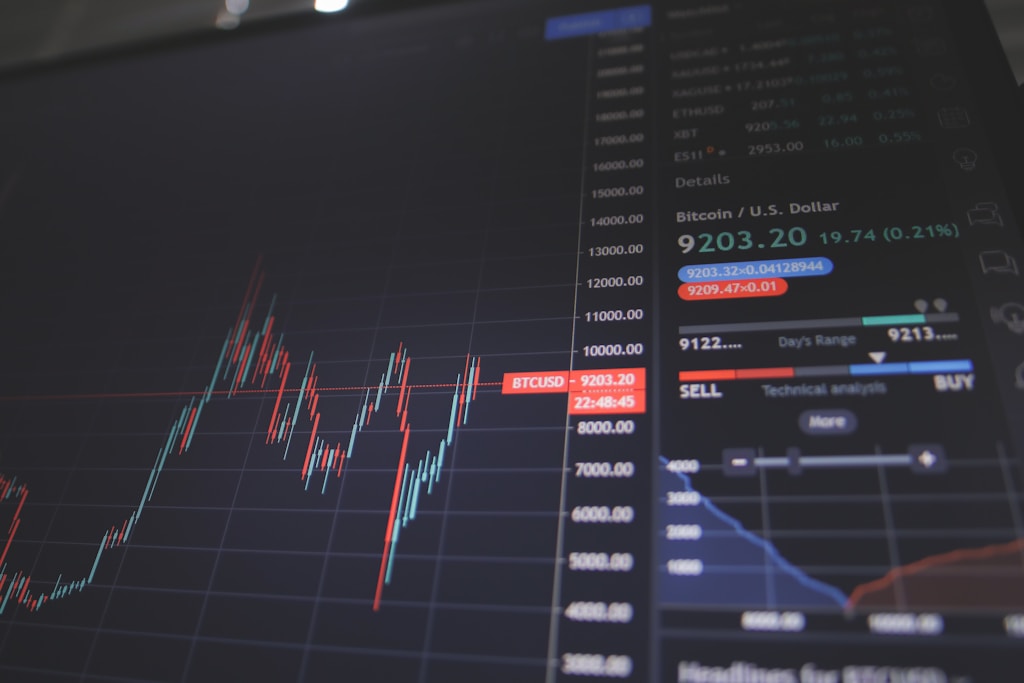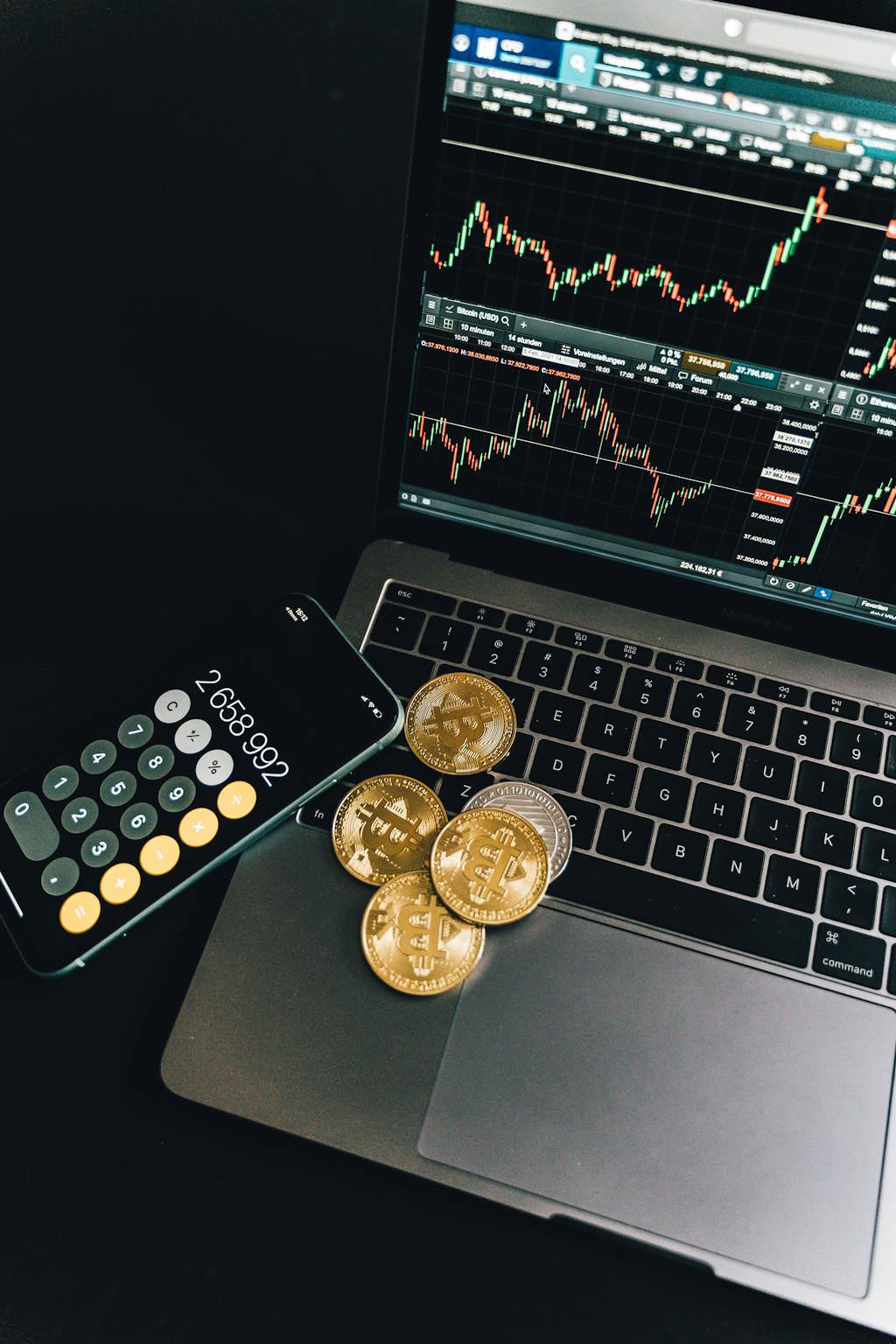BlackRock’s Bitcoin ETF (IBIT) has shattered records by reaching $70 billion in assets under management in just 341 trading days, marking an unprecedented milestone in the cryptocurrency investment landscape. This achievement, which outpaces traditional investment vehicles like SPDR Gold Shares by 5x, signals a dramatic shift in institutional Bitcoin adoption.
Record-Breaking Growth and Market Impact
As Bitcoin continues its surge past $110,000, IBIT’s meteoric rise demonstrates the growing institutional appetite for regulated crypto exposure. The fund now manages approximately $71.9 billion, holding an impressive 661,457 BTC – surpassing major crypto players including Binance and MicroStrategy.
Institutional Adoption Reaches New Heights
According to ETF analyst Eric Balchunas, IBIT’s unprecedented growth trajectory has redefined expectations for institutional crypto products. The fund’s success has contributed to the broader surge in crypto fund assets to record levels, highlighting the mainstream acceptance of digital assets.
SPONSORED
Trade Bitcoin with up to 100x leverage on professional-grade infrastructure
Market Dynamics and Future Outlook
Despite experiencing its largest single-day outflow of $431 million on May 30, IBIT’s overall trajectory remains strongly positive. The fund’s growth pattern suggests it could potentially match Satoshi Nakamoto’s estimated 1.1 million BTC holdings by mid-2026, representing a significant shift in Bitcoin ownership dynamics.
Expert Insights and Industry Impact
Blockstream CEO Adam Back’s recent comments highlight the delicate balance between accessibility and security in Bitcoin investment vehicles. While ETFs provide an easier entry point for institutional investors, questions remain about the implications of concentrated institutional ownership.
Frequently Asked Questions
- What makes BlackRock’s Bitcoin ETF unique?
IBIT has achieved the fastest growth to $70 billion AUM in ETF history, reaching this milestone 5x faster than the previous record holder. - How does IBIT compare to other Bitcoin holders?
Currently, IBIT holds more Bitcoin than Binance and MicroStrategy, making it one of the largest institutional Bitcoin holders globally. - What are the implications for Bitcoin’s price?
The rapid growth of institutional investment vehicles like IBIT could contribute to reduced supply and increased price stability in the Bitcoin market.
This article was written with market data as of June 10, 2025. Always conduct your own research before making investment decisions.






